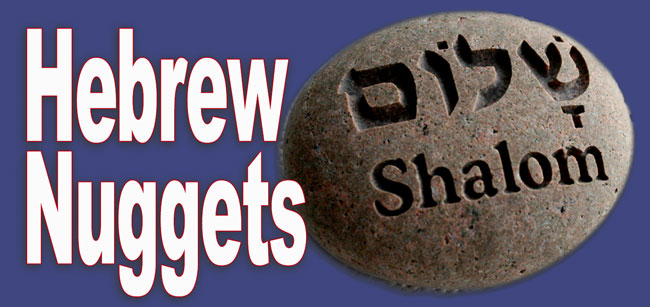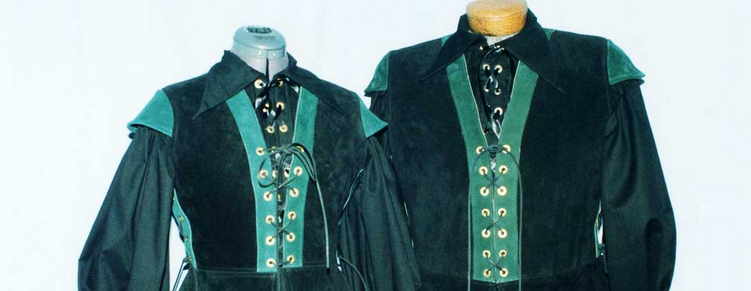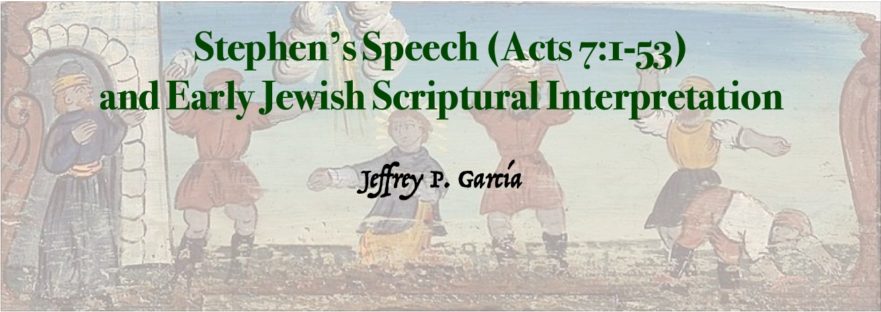The prophet Jeremiah railed against the practice of offering children to the god Molech to be burnt in fire, and he foretold that the Hinnom Valley would become a place of judgement (Jer. 7:31-32; 19:6). The concept of ge·hi·NOM as a place of fiery judgment, a development of these ideas, arose in the Second Temple period. … The modern view of hell as the dwelling place of the devil where the demons torment the damned is a conglomeration of biblical and non-biblical ideas that were not part of the imagery associated with Gehenna. In rabbinic literature ge·hi·NOM is a fiery furnace where the wicked are burned up and obliterated at the final judgement. ge·hi·NOM is not the dwelling place of the devil, nor do demons inflict punishments there. … Not only is gan ‘E·den the place where, according to Genesis, the first man and the first woman lived at the beginning of creation, it is also, according to some rabbinic sources, the future reward of the righteous.
Private: Two Neglected Aspects of the Centurion’s Slave Pericope
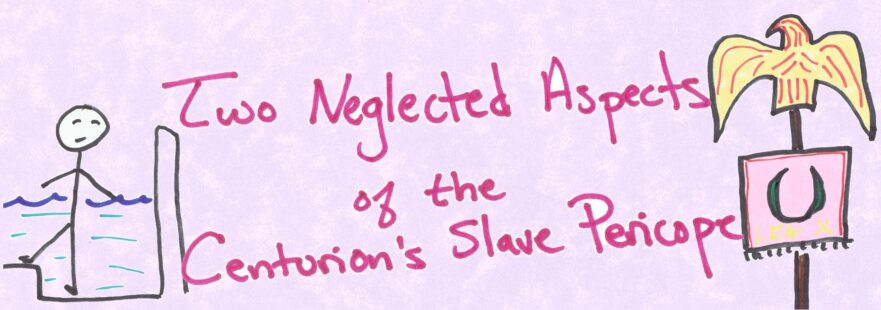
How to cite this article: JP Staff Writer, “Two Neglected Aspects of the Centurion’s Slave Pericope,” Jerusalem Perspective (2024) .
Scholars have given a great deal of attention to various aspects of story the of the military officer who pleaded with Jesus on behalf of his ailing “boy.”
On “Blood” in the Apostolic Decree (Acts 15:19-20)
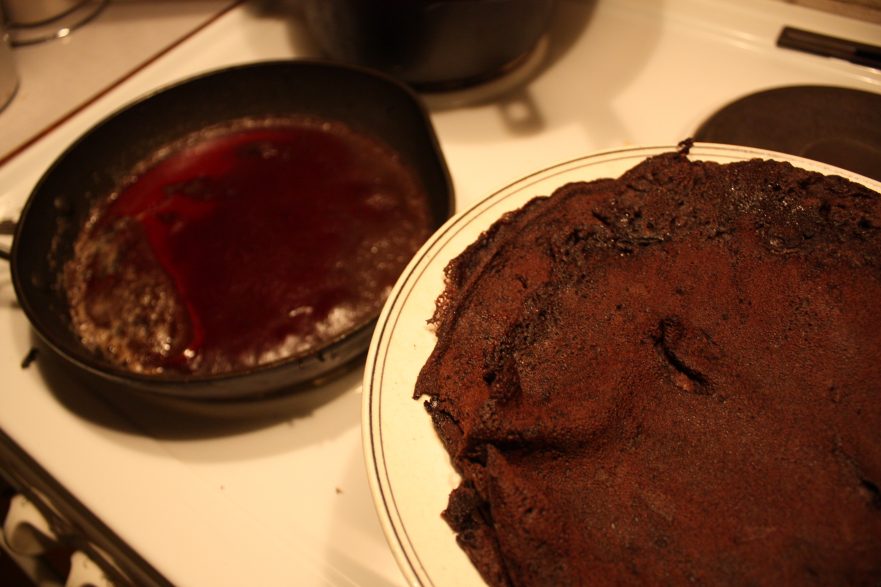
The second reference is to the offerings eaten by the Jewish people in Leviticus 7:26-27, “Moreover you shall not eat any blood in any of your dwellings whither of bird or beast. … “Therefore I said to the children of Israel, No one among you shall eat blood, nor shall any stranger who dwells among you eat blood.” Whatever man of the children of Israel, or of the strangers who dwell among you, who hunts and catches any animal or bird that may be eaten, he shall pour out its blood and cover it with dust, for it is the life of all flesh. … You shall therefore keep my statues and My judgments, and shall not commit any of these abominations, either any of your own nation or any stranger who dwells among you (for all these abominations the men of the land have done, who were before you, and thus the land is defiled) lest the land vomit you out also when you defile it, as it vomited out the nations that were before you.
The Surprise of Finding Anti-Semitism in the Heart of the Early Church Fathers
The other disease which my tongue is called to cure is the most difficult… And what is the disease? The festivals of the pitiful and miserable Jews which are soon approaching.
— Saint John Chrysostom (349-407)
The worldwide Church, individually and corporately, needs to consider apologizing to the Jewish people as a result of anti-Semitic remarks by the Early Church Fathers as evidenced in the fourth century works of Saint John Chrysostom called Λόγοι Κατὰ Ἰουδαίων (Discourse Against the Jews).Joannis Chrysostomi, ΙΩΑΝΝΟΥ, ΤΟΥ ΧΡΥΣΟΣΤΟΜΟΥ, ΤΑ ΕΥΡΙΣΚΟΜΕΝΑ ΠΑΝΤΑ (ed.
A Goy’s Guide to Ritual Purity
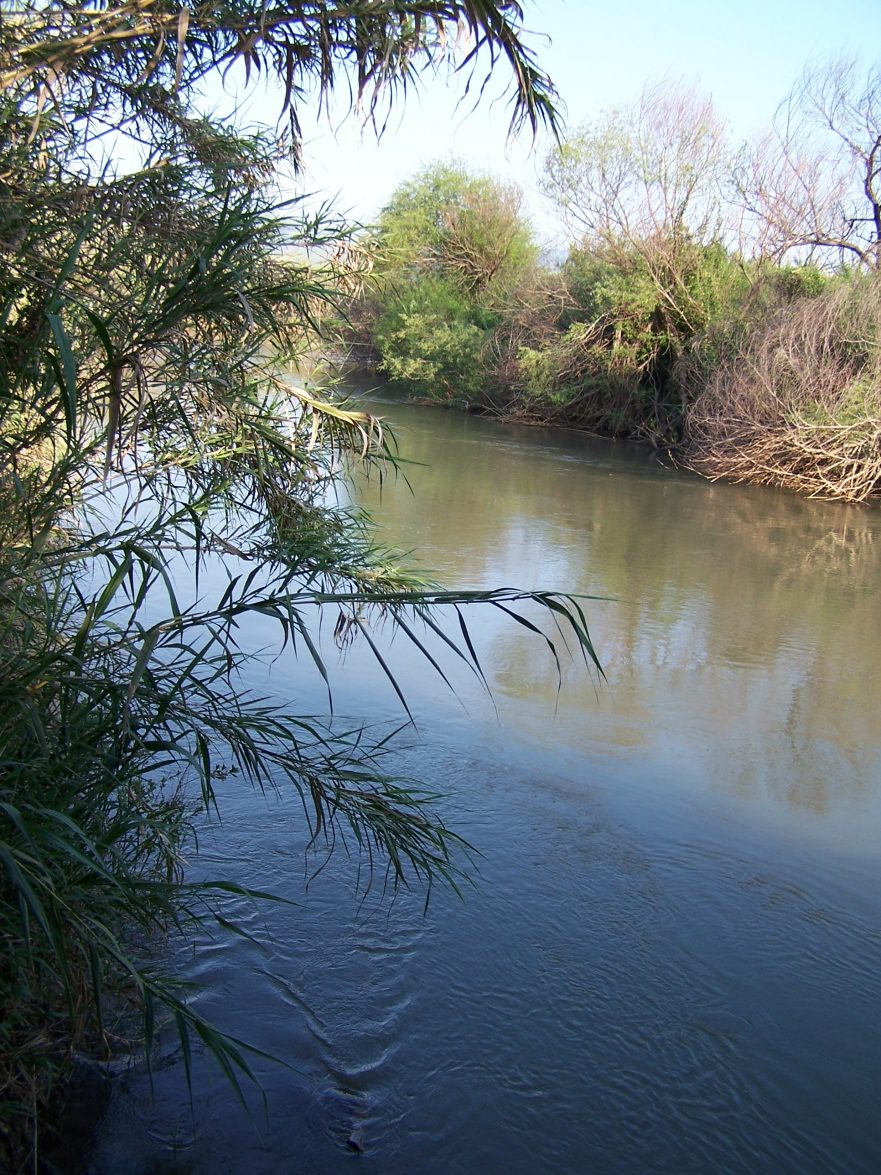
How to cite this article: Joshua N. Tilton, “A Goy’s Guide to Ritual Purity” Jerusalem Perspective (2014) .
The Teaching of Balaam
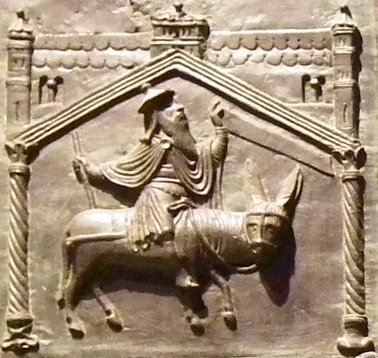
— wp:paragraph –>
And to the angel of the church in Pergamum write: “The words of him who has the sharp two-edged sword: ‘I know where you dwell, where Satan’s throne is; you hold fast my name and you did not deny my faith even in the days of Antipas my witness, my faithful one, who was killed among you, where Satan dwells.
Remember Shiloh!
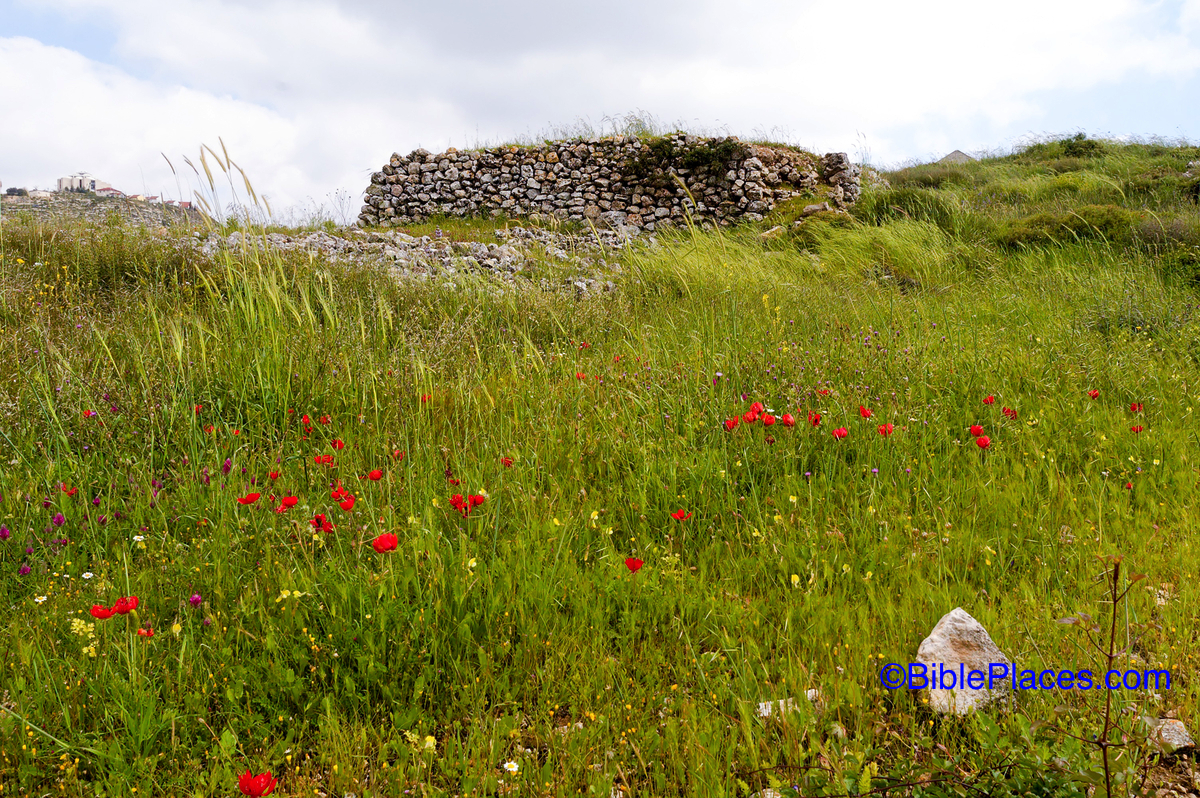
The temple, which was intended to be a place where all peoples could worship, had degenerated into a place of profiteering. …
Reading the larger context of Jeremiah 7:11, one encounters the following:
Thus says the LORD of hosts, the God of Israel, “Amend your ways and your deeds, and I will let you dwell in this place…. … But go now to My place which was in Shiloh, where I made My name dwell at the first, and see what I did to it because of the wickedness of my people Israel…I will do to the house which is called by My name, in which you trust, and to the place which I gave you and your fathers, as I did in Shiloh.”
Salted with Fire
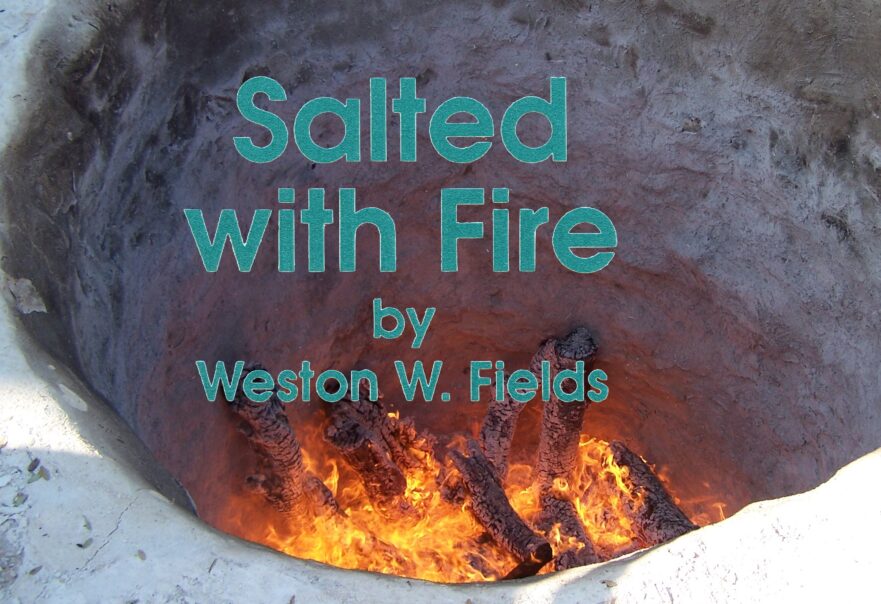
— wp:paragraph –>
Alcalay’s The Complete Hebrew-English Dictionary translates the expression זָרַע מָקוֹם מֶלַח (zā⋅RA’ mā⋅KŌM ME⋅laḥ; literally, “to sow a place with salt”) as “to destroy completely.” … — wp:paragraph {“style”:{“color”:{“background”:”#8dd2fc4a”}}} –>
For reflections on “Salted with Fire” by Weston Fields, see “Engaged: Eternally Dwelling In Hell?”
Treasures in Heaven
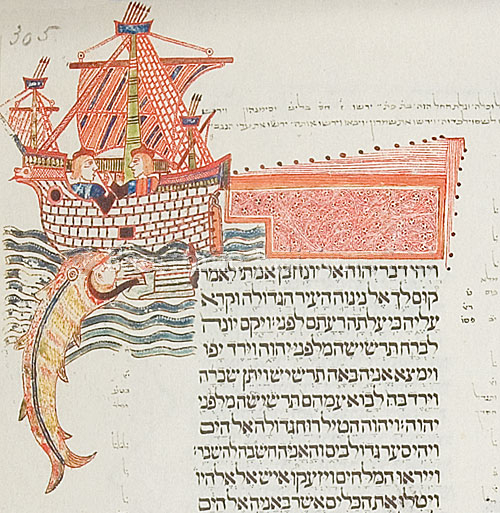
The image above shows Jonah being swallowed by the great fish as illustrated in the Kennicott Bible of 1476. Image courtesy of Wikimedia Commons. In the Gospel of Luke we find an interesting sequence of verses: .
The men of Nineveh shall stand up with this generation at the judgment and condemn it, because they repented at the preaching of Jonah. And behold, something greater than Jonah is here.
The Amidah Prayer
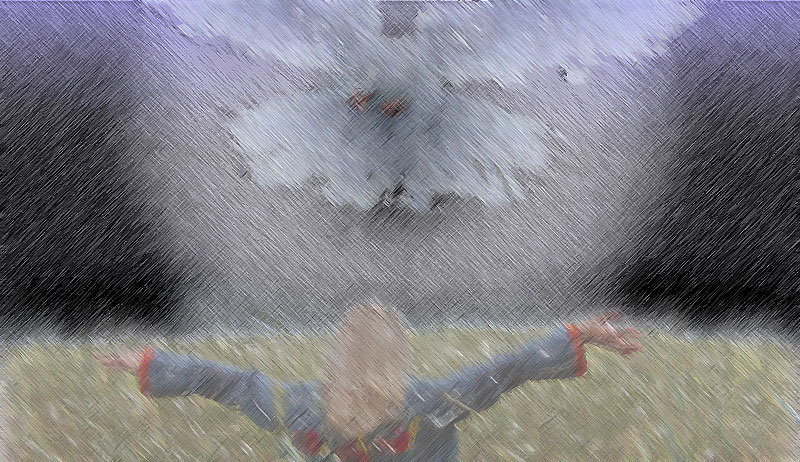
“Blessed be the Presence of the LORD in his place.” … FOR THE REBUILDING OF JERUSALEM Return in mercy to Jerusalem your city, and dwell in it as you have promised.
One God and Lord

If in any way Jesus as the Son is outside the sphere of God’s echad—whether as a godly man “adopted” by God and elevated to the highest place; or as a supernatural, “divine agent,” maybe even the first-born of all creation, come down from heaven as a man—in either case, Yeshua the Son remains outside the echad of God and compromises his uniqueness, exclusiveness and indivisible unity.
Not Everyone Can Be Yeshua’s Disciple
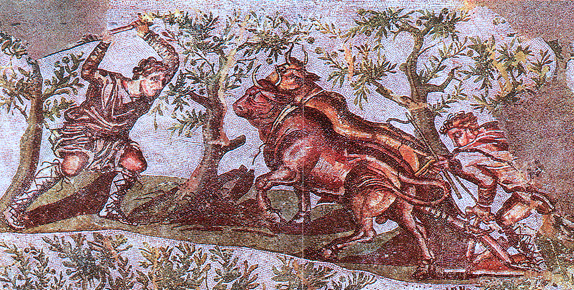
Matthew places the Not Everyone Can Be Yeshua’s Disciple pericope during Jesus’ time in the Galilee, on the heels of Healing Shimon’s Mother-in-law (Matt. 8:14-15) and Healing at Evening (Matt. 8:16-17), whereas Luke places the Not Everyone Can Be Yeshua’s Disciple pericope during the early stage of Jesus’ journey to Jerusalem at a point when Jesus had already left the Galilee. … We have therefore placed Not Everyone Can Be Yeshua’s Disciple early in the section of the Hebrew Life of Yeshua entitled “Calling and Training Disciples.”… The non-canonical Gospel of Thomas (logion 86) also preserves a version of Jesus’ “foxes have dens” saying:
Jesus said: the and the birds nest, but (δέ) the Son of Man has no place to lay his head and to rest.
Teaching in Kefar Nahum
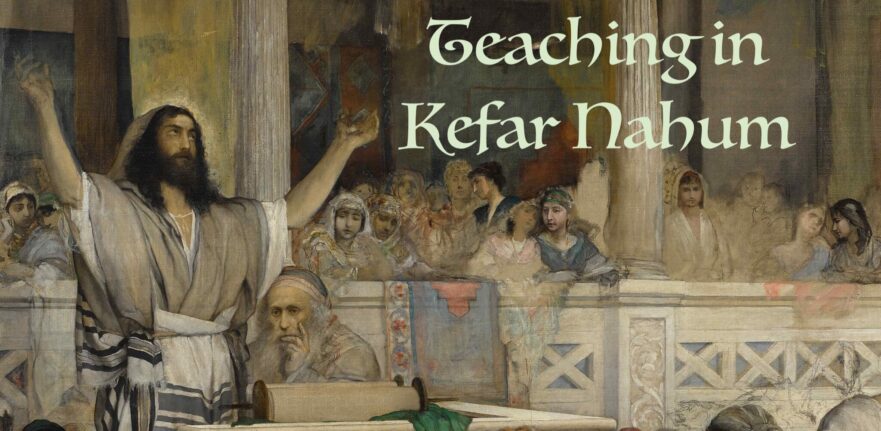
How to cite this article:
Joshua N. Tilton and David N. Bivin, “Teaching in Kefar Nahum,” The Life of Yeshua: A Suggested Reconstruction (Jerusalem Perspective, 2023) .
The Jewish Cultural Nature of Galilee in the First Century
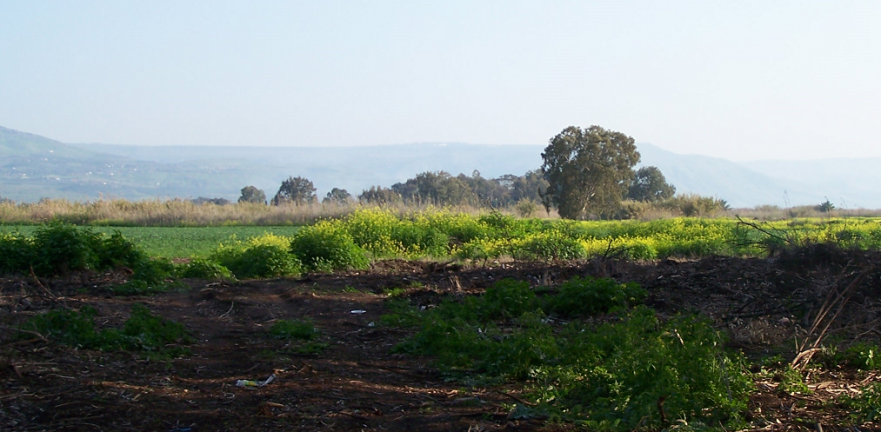
— /wp:image –>
The issue is discussed by scholars of Jewish history and of the history of the Oral Torah for subsequently, during the second to fourth centuries and even later, Galilee was the living center of the Jewish people and its leadership, and the place in which the Oral Torah was collected and in large degree created. … They will show that, contrary to the views outlined above, Galilee was a place where Jewish cultural life and a firm attachment to Judaism flourished well before the destruction of the Second Temple. …
There is no hint in the sources of Rabban Johanan ben Zakkai having come to Arav from another place, such as Jerusalem, or that he was sent there as the New Testament relates regarding certain scribesMatt. 15:1;

